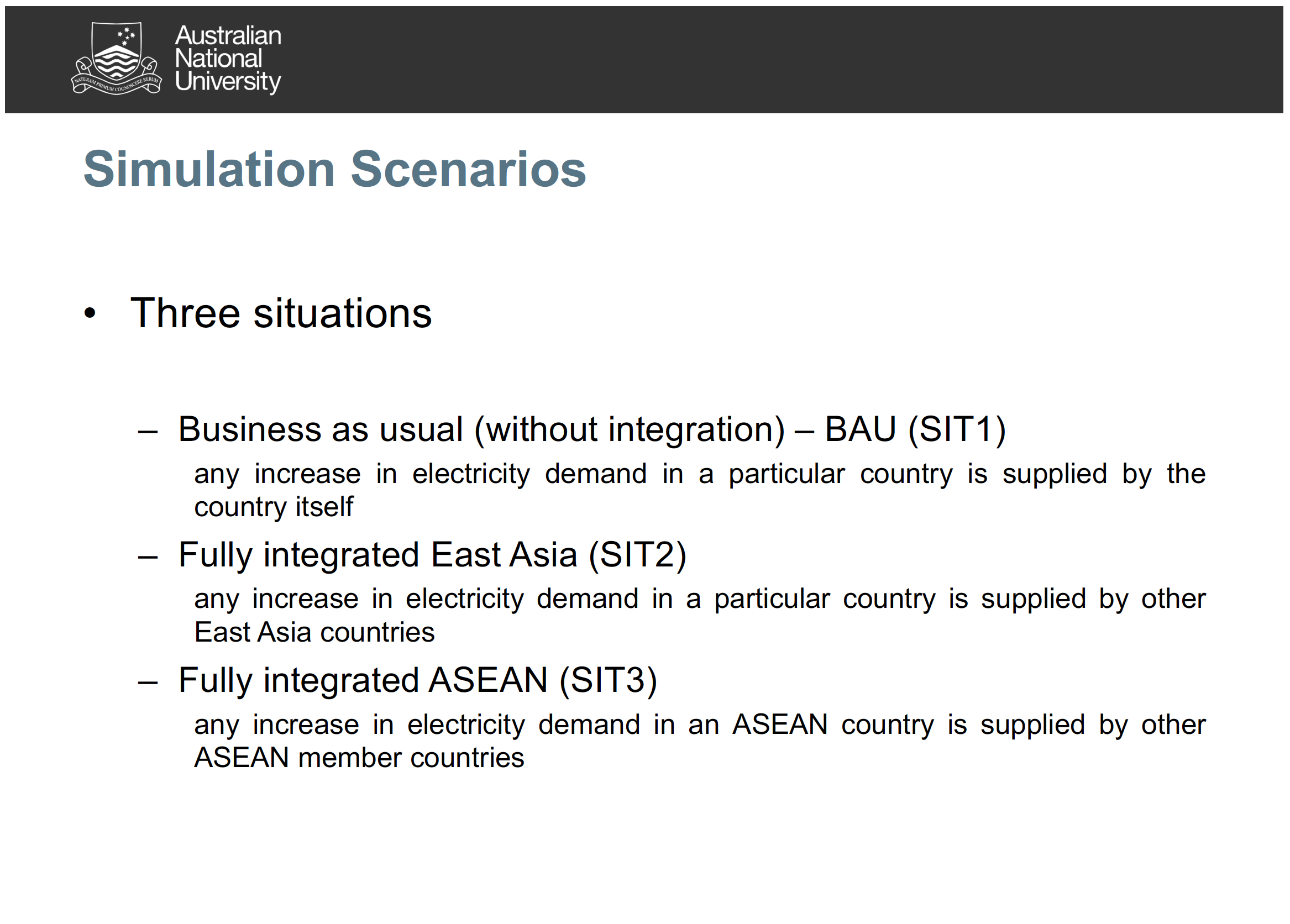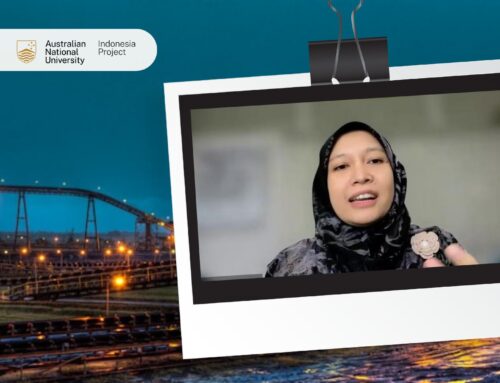Almo Pradana (left) and Budy P. Resosudarmo (right)
The integration of the energy market in East Asia and beyond has been discussed for more than a decade. To achieve energy market integration, there are challenges at the national, regional, and global levels ranging from price distortion to disparity in environmental concerns. However, the existing stability among countries in the region and the current trends in energy pricing and investments means a regional energy market in East Asia is likely to be implemented, and this is the topic of FKP on 29 January 2020 hosted by WRI Indonesia in Jakarta with speakers Budy P. Resosudarmo (Indonesia Project, The Australian National University) and Almo Pradana (WRI Indonesia).
Budy Resosudarmo utilised an Inter-regional Social Accounting Matrix (IRSAM) for East Asia in an attempt to analyse the implications of the East Asia’s electricity market integration on the socio-economic and environmental performances of the region, particular for ASEAN countries. In his model, Budy simulated several scenarios regarding the energy consumption levels of China, Indonesia and Vietnam, and the scenarios of market integration in the region – business as usual (SIT1), a fully integrated energy market in East Asia (SIT2), and a fully integrated energy market in ASEAN (SIT3), summarised below.
The simulations result in several findings. In regards to macroeconomic impacts, this study found the highest change in GDP under the first setting in which there is a 10 percent increase in electricity consumption in China and the energy market in East Asia is fully integrated (SIT2). The study also found that although economic indicators (e.g. economic growth and reduction in poverty) show positive changes, there was a significant increase in carbon emission. To cope with the increase in carbon emission, it is important to integrate renewable energy in the energy mix.
Almo Pradana focused his presentation how ASEAN can transition into renewable energy (RE). The study found that RE is generally gaining momentum in ASEAN, although some countries are experiencing stagnant or backward movement towards RE transition. To be able to transition towards RE, commercial and industrial sectors are key, and Almo presented the current state of-the-art role of private sector in addressing provision of low-carbon energy, including policy and business opportunities and challenges for the sector. Aside from that, ASEAN countries are experiencing challenges in policy, capacity development, and economy, therefore their governments need to take measures to transition the commercial and industrial sectors towards RE such as through public-private partnerships.
For the complete presentation and Q&A session, please refer to the video and materials provided.






